Affiliate links on Android Authority may earn us a commission. Learn more.
Samsung Galaxy S8 vs LG G6 comparison
Published onMarch 29, 2017
LG announced its new flagship, the LG G6, last month at Mobile World Congress and today, Samsung has unveiled its flagships, the Galaxy S8 and Galaxy S8 Plus. Both point to a near bezel-less future and hope to be a sign of things to come – you’re probably wondering which you should buy, so let’s find out as we pit the Galaxy S8 vs the LG G6.
Don’t miss: Samsung Galaxy S8 vs the competition
In previous years, both companies have taken very different approaches to smartphone designs but in a bid to offer larger displays in similar body sizes to previous years, there’s a lot of similarities between the devices this year.
Both devices feature metal frames with glass bodies and feel incredible in the hand, but the Galaxy S8 has a much sleeker appeal thanks to its curved edge front and rear panels and rounded body, which means there’s not a single sharp edge. With the G6 however, LG has taken a more traditional approach with flat sides and chamfered edges and which handset you prefer will largely come down to your own preferences.
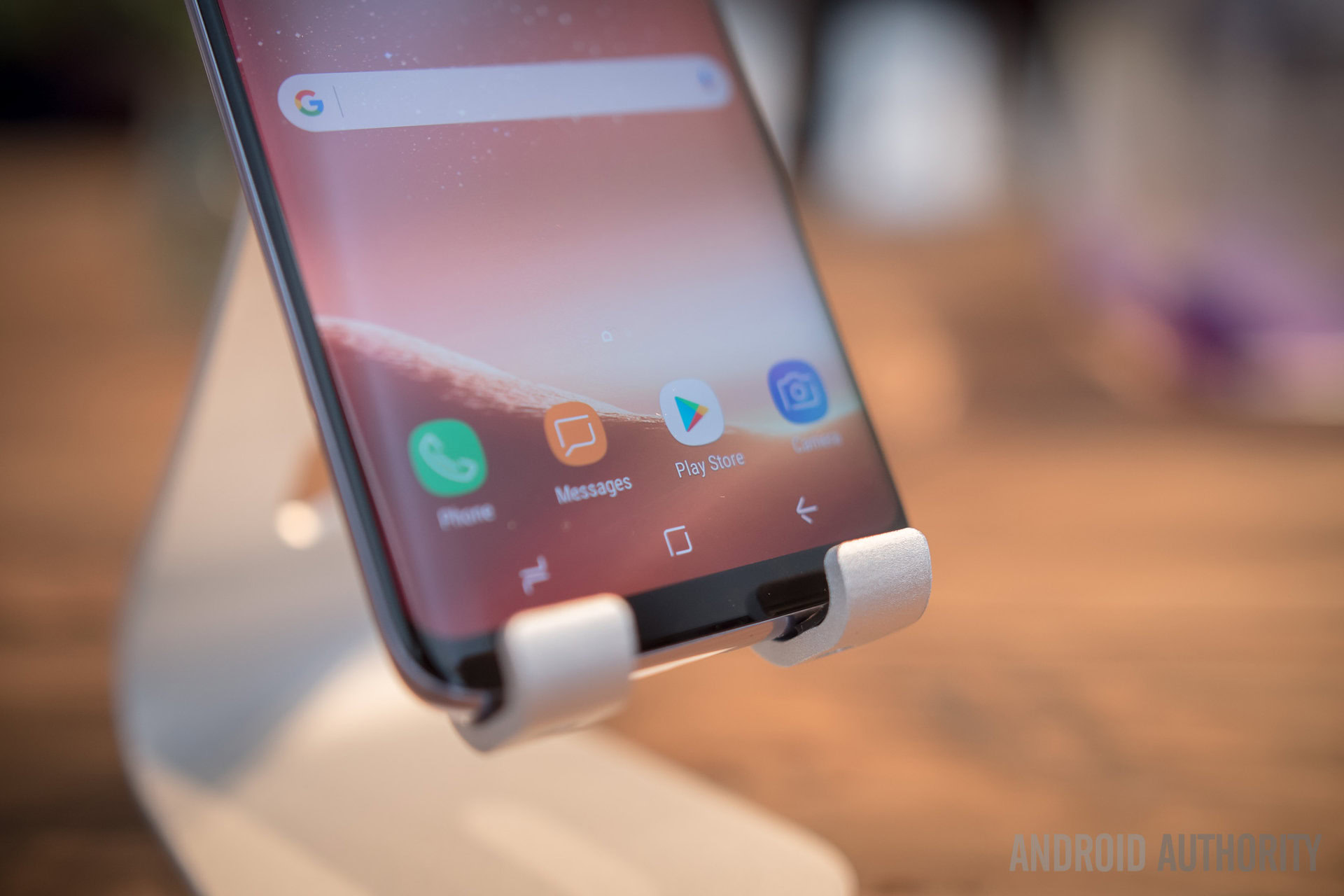
In terms of size, the Galaxy S8 Plus is wider and taller than the G6 due to the large 6.2-inch display, but the curves and practically non-existent bezels mean it doesn’t feel as large as you might think in the hand. The 6.2-inch display is likely to be too big for most users but the smaller Galaxy S8 has a 5.8-inch display that’s much more comparable to that of the LG G6.
To make the displays as bezel-less as possible, both companies have opted for a taller aspect ratio than the traditional 16:9 we’re used to seeing on smartphones. The LG G6 features a 5.7-inch LCD display of Quad HD+ resolution with HDR support and an always display. As we found in our review, it’s the best screen that LG has ever put on one of its smartphones.
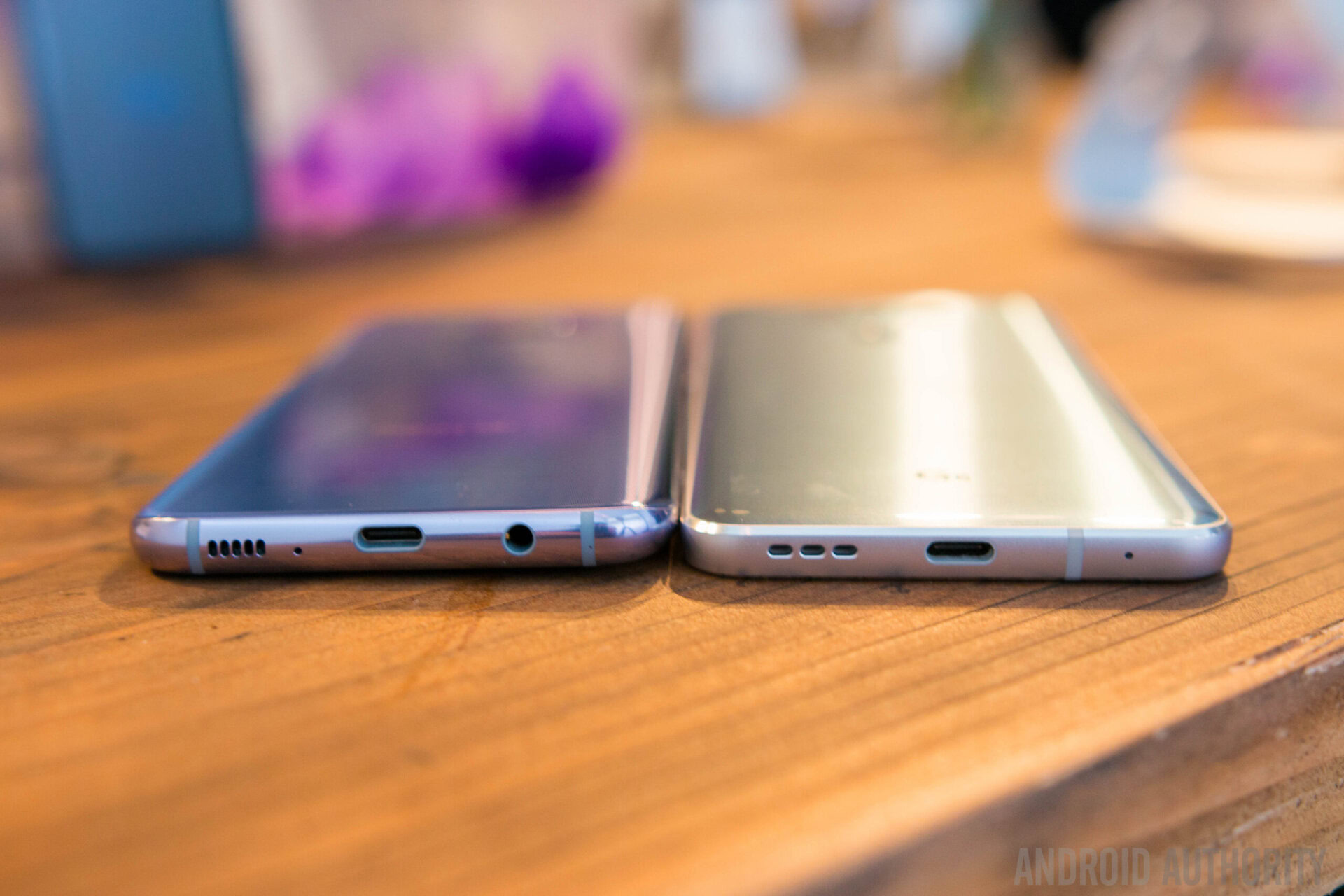
For Samsung, each year seems to bring even better screens on its smartphones and this year is no different, with the Galaxy S8 display also bringing an always-on display, Quad HD+ resolution and HDR support. Both manufacturers have opted for variations of the 2:1 aspect ratio for the display, with LG opting for the Univisium standard of 18:9, and Samsung going for the 18.5:9 aspect ratio which results in a slightly taller screen than that of the G6.
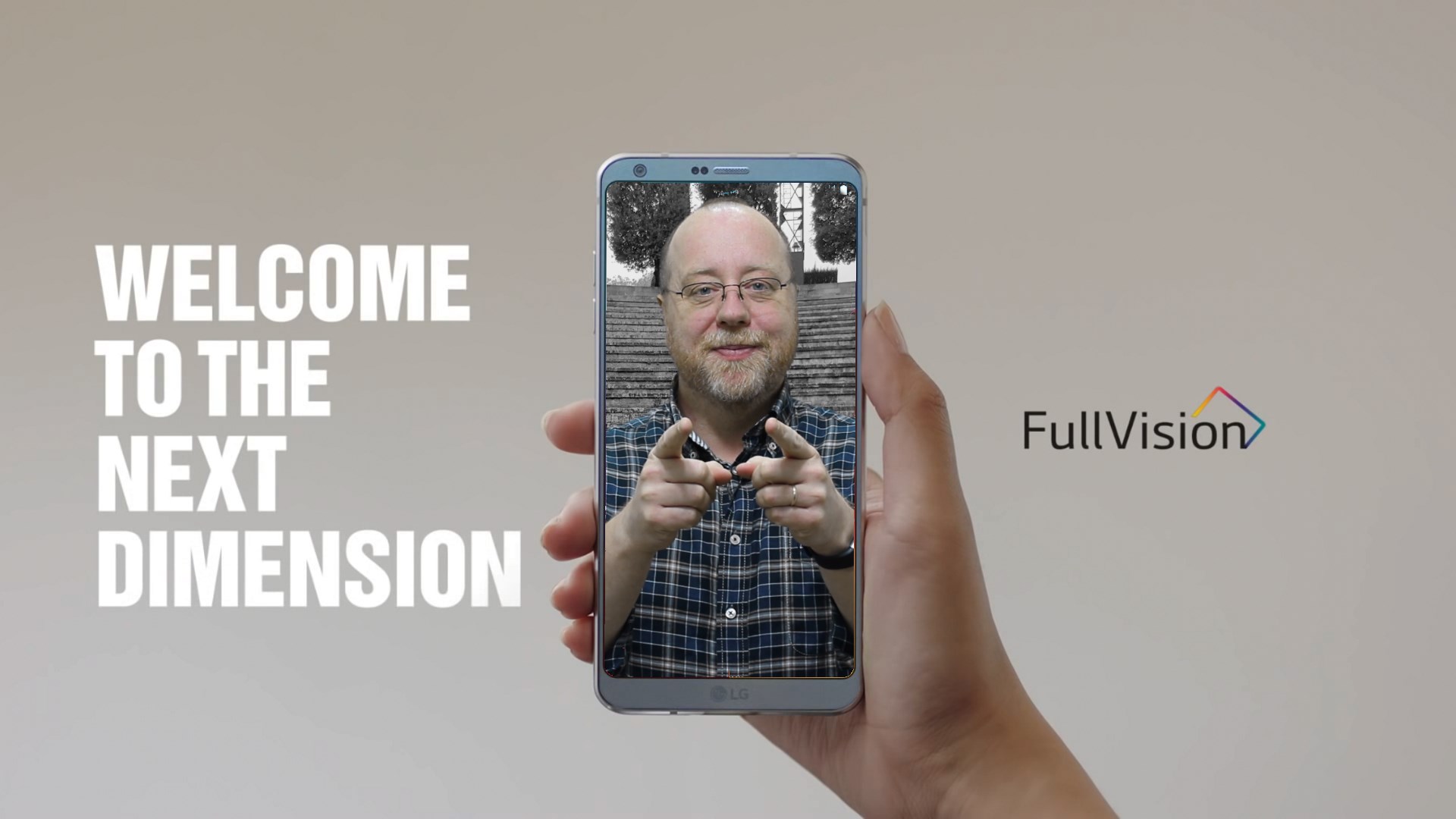
LG has become known for its button placements, with the fingerprint sensor and power button on the rear and in the case of more recent phones, the volume keys on the side. Samsung is also known for its predilection towards placing a physical home button directly beneath the screen and while it’s a design that has led to impersonations from rival OEMs, the Galaxy S8 sees Samsung break away from the norm it has created for itself.
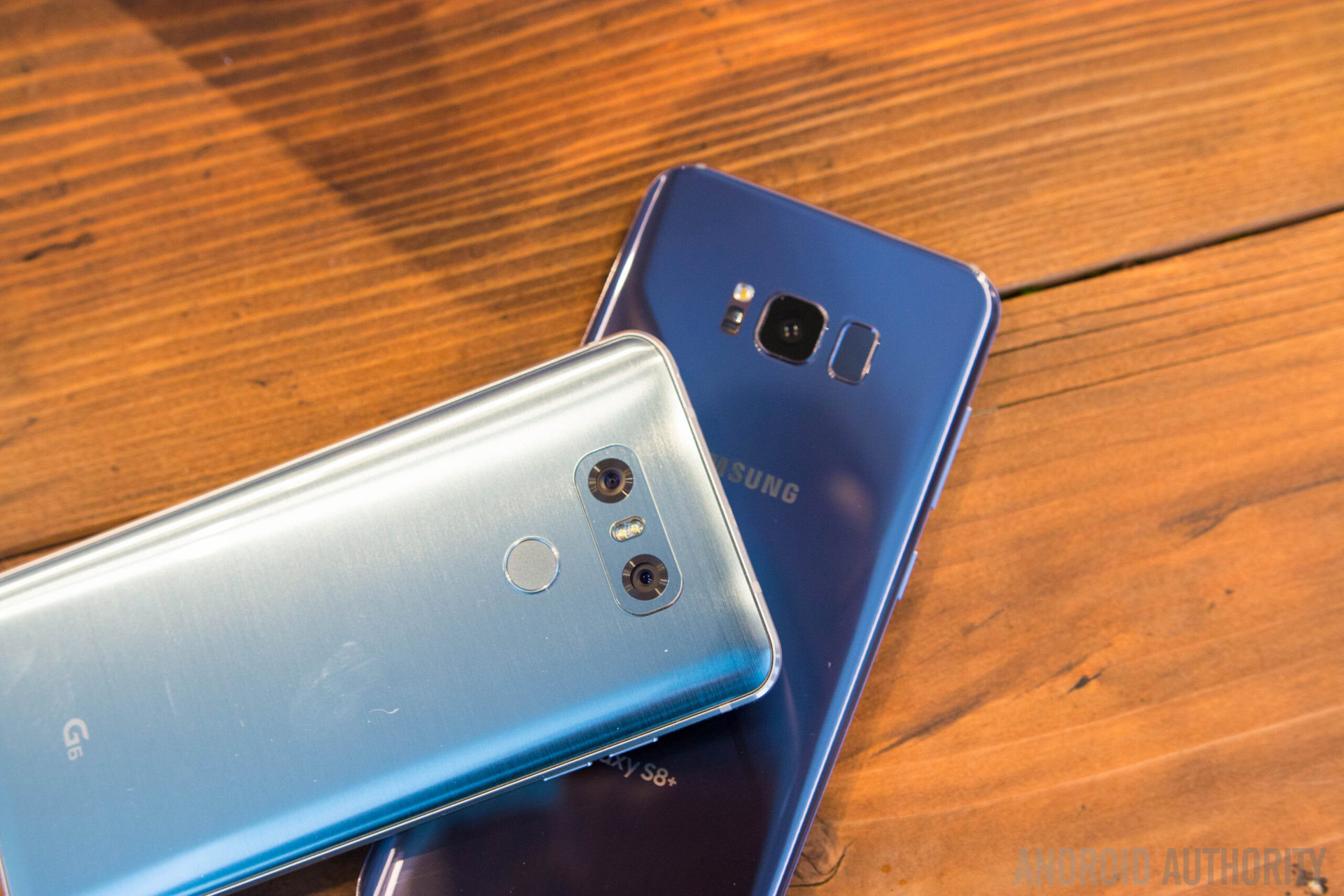
Thanks to the taller aspect-ratio, the company has finally moved away from physical keys on the front of the device, instead opting for on-screen keys that provide more flexibility. Like LG, it has moved the fingerprint sensor to the back of the phone but in a rather awkward way.
Most OEMs who opt for fingerprint sensors on the back place the sensor directly beneath the camera in the center of the phone but Samsung has placed it next to the camera and it’s as awkward as it looks. It’s going to take a lot of getting used to but with iris recognition also an option to unlock your phone, you may not have to use the fingerprint sensor that regularly.
Dual cameras have become a trend that many customers and OEMs like but Samsung has once again stuck to its guns, with a single 12-megapixel Dual Pixel sensor at f/1.7 aperture with Optical Image Stabilisation. On the G6, you have two 13-megapixel sensor: one wide angle lens with f/2.4 aperture and 125° field of view and another “regular” lens with f/1.8 aperture and 71° field of view. OIS and PDAF appear on the primary camera but the wide angle lens lacks image stabilization and autofocus (it is just set to infinity).
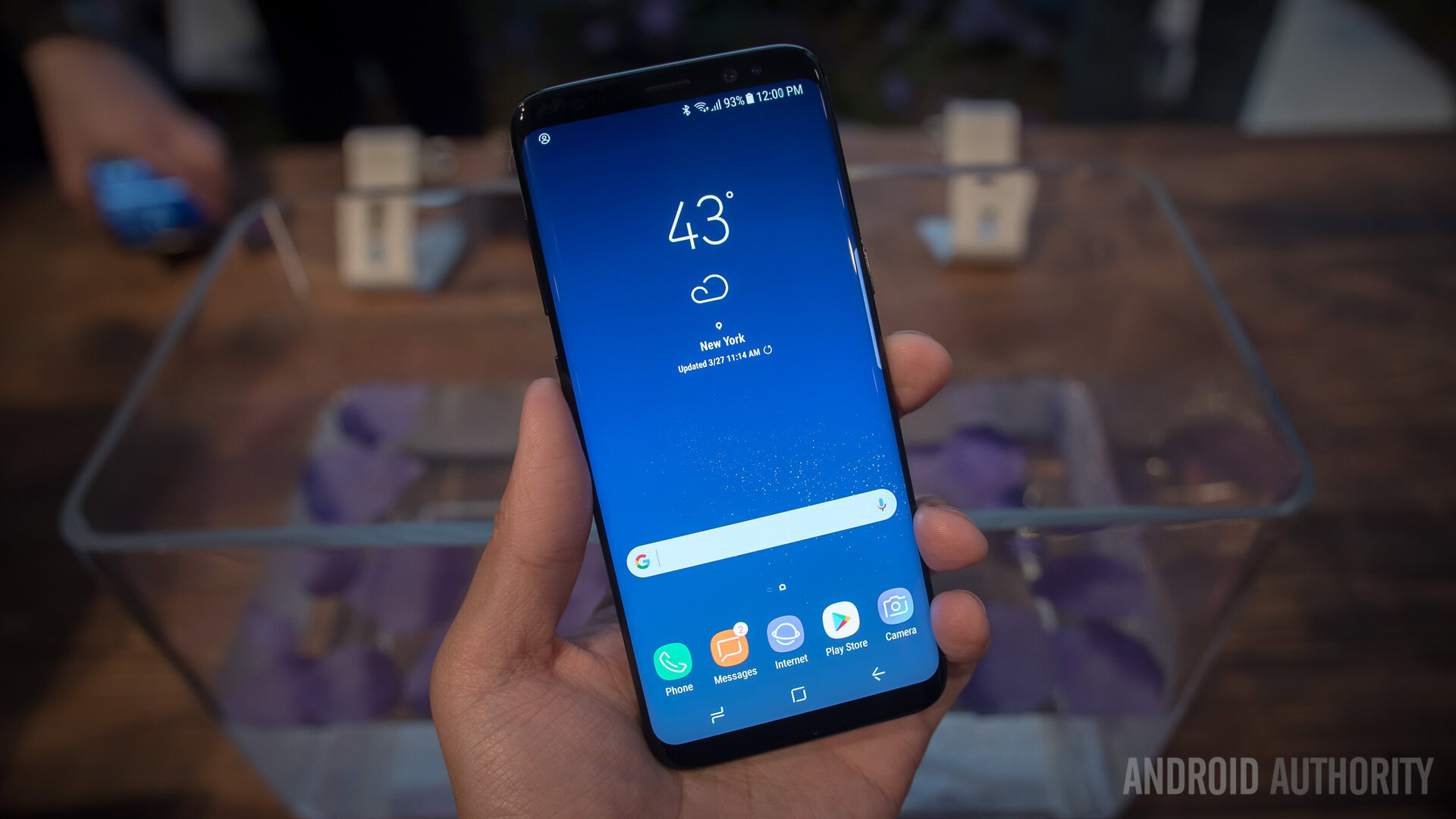
Both devices are running Android 7.0 Nougat out of the box with their own respective skins which are light, simplified and generally easy to use. The highlight on both phones however is their AI assistant and the different approaches the two OEMs have taken. LG opted to use Google’s Assistant on the G6, making it the first non-Pixel smartphone to run it out of the box but Samsung has taken a similar-yet-different approach with the Galaxy S8.
As announced a few weeks ago, the Galaxy S8 and S8 Plus are the first smartphones to run Samsung’s new AI called Bixby, although they also have Google Assistant on-board. Bixby aims to compete with Assistant by offering a lot of the same features but it is also heavily integrated into the S8’s software, including the Samsung camera, web browser and other core apps. You can read more about Samsung Bixby at the link.
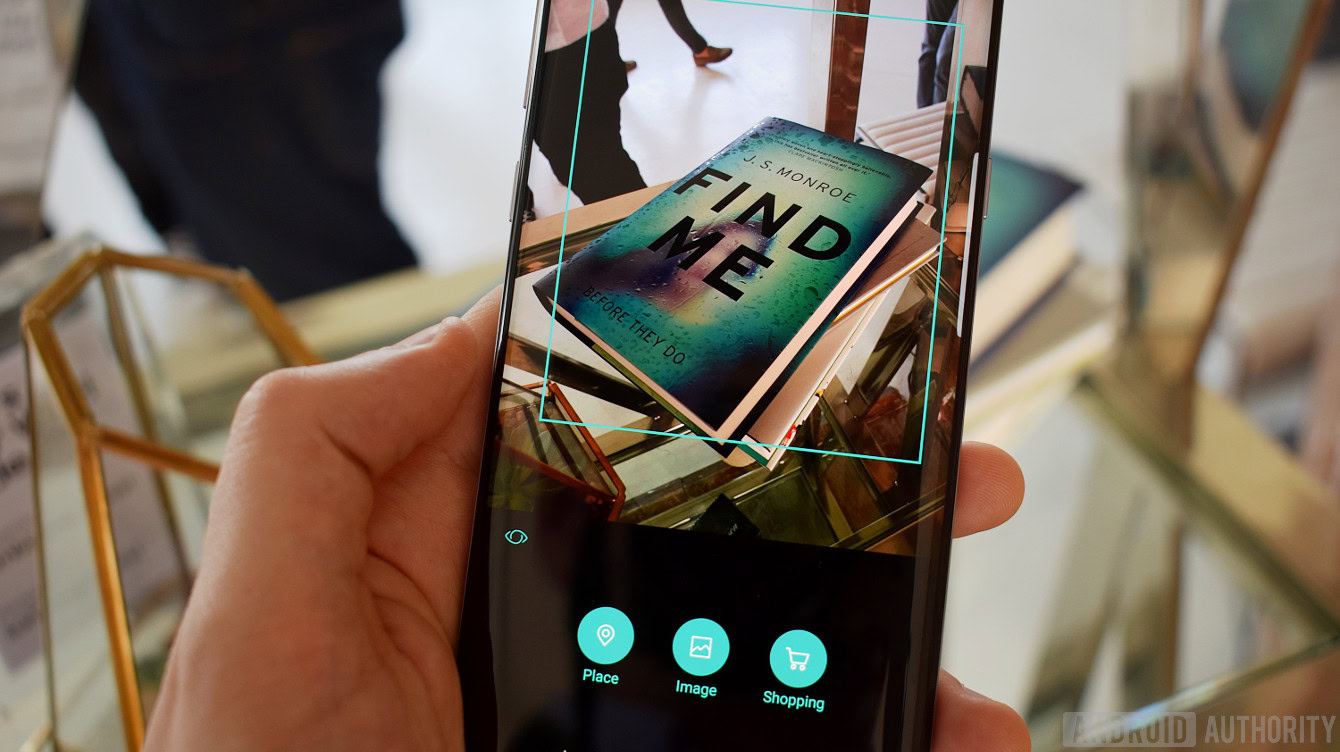
There’s also a dedicated hardware key on the side to make Bixby easy to access, with a long press launching voice recognition and a single press bringing up Bixby Home. This is where you’ll tap into additional features such as Bixby Vision, where you can point your camera at a landmark to find out more information, at a business card to scan a QR code, at a restaurant to find out reviews or at a wine bottle or book to find out pricing and reviews. Bixby also taps into Samsung’s SmartThings, allowing you to do things such as control your connected lights or get a real-time view inside your connected Family Hub refrigerator.
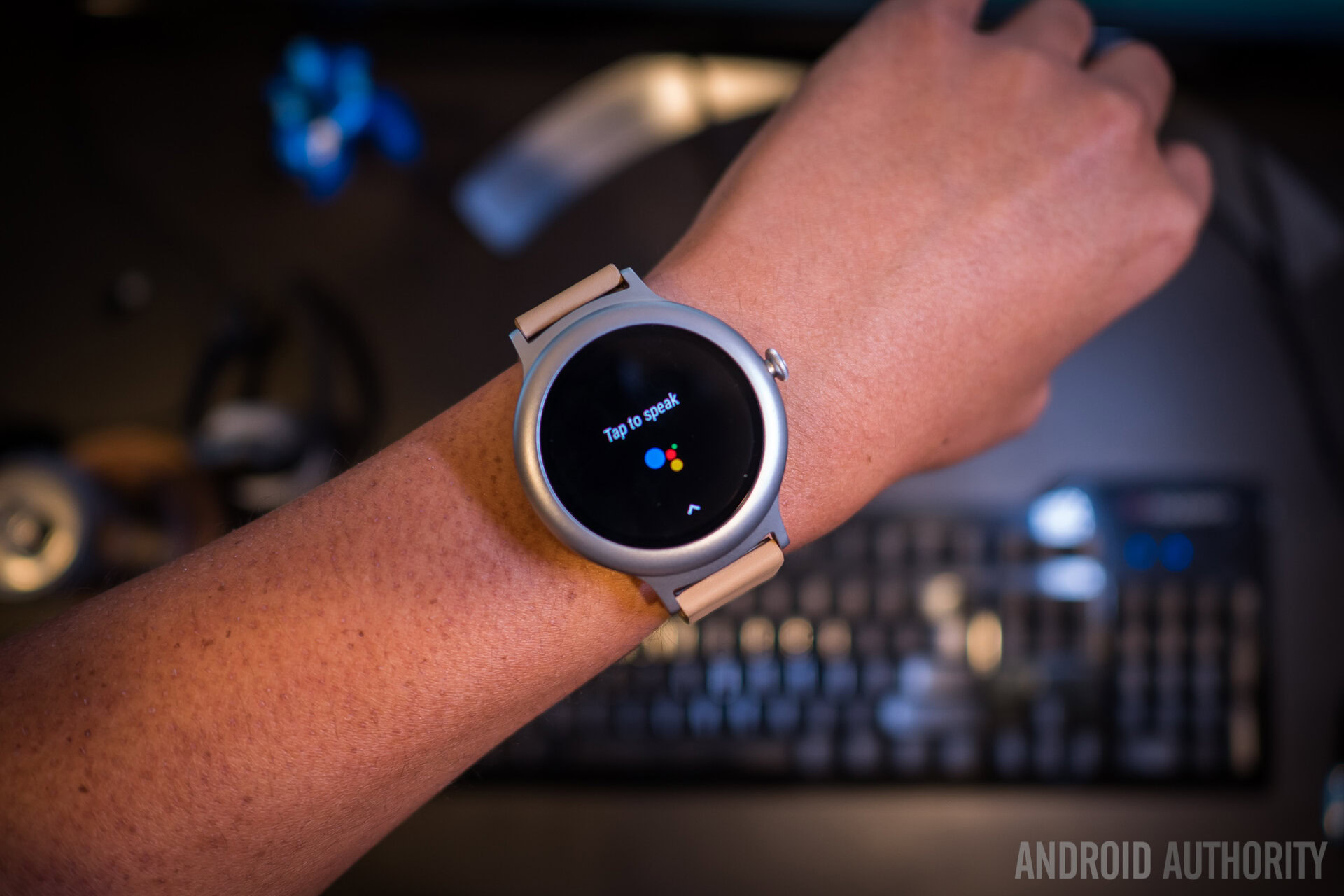
The specs of the LG G6 are well known by now, with a Snapdragon 821, 4 GB of RAM and 32 GB of storage joined by a 3,300 mAh battery, wireless charging and expandable storage. The Galaxy S8 and Galaxy S8 Plus also offer wireless charging and expandable storage and come with 3,000 mAh and 3,500 mAh batteries respectively with 4 GB of RAM and a 64 GB ROM.
Other than confirming the handsets are the first to be powered by a 10nm octa-core processor, Samsung didn’t say more about the processing package at the time of writing but if history is anything to go by, we can expect the latest Snapdragon for the US market and an Exynos processor for the most other markets.
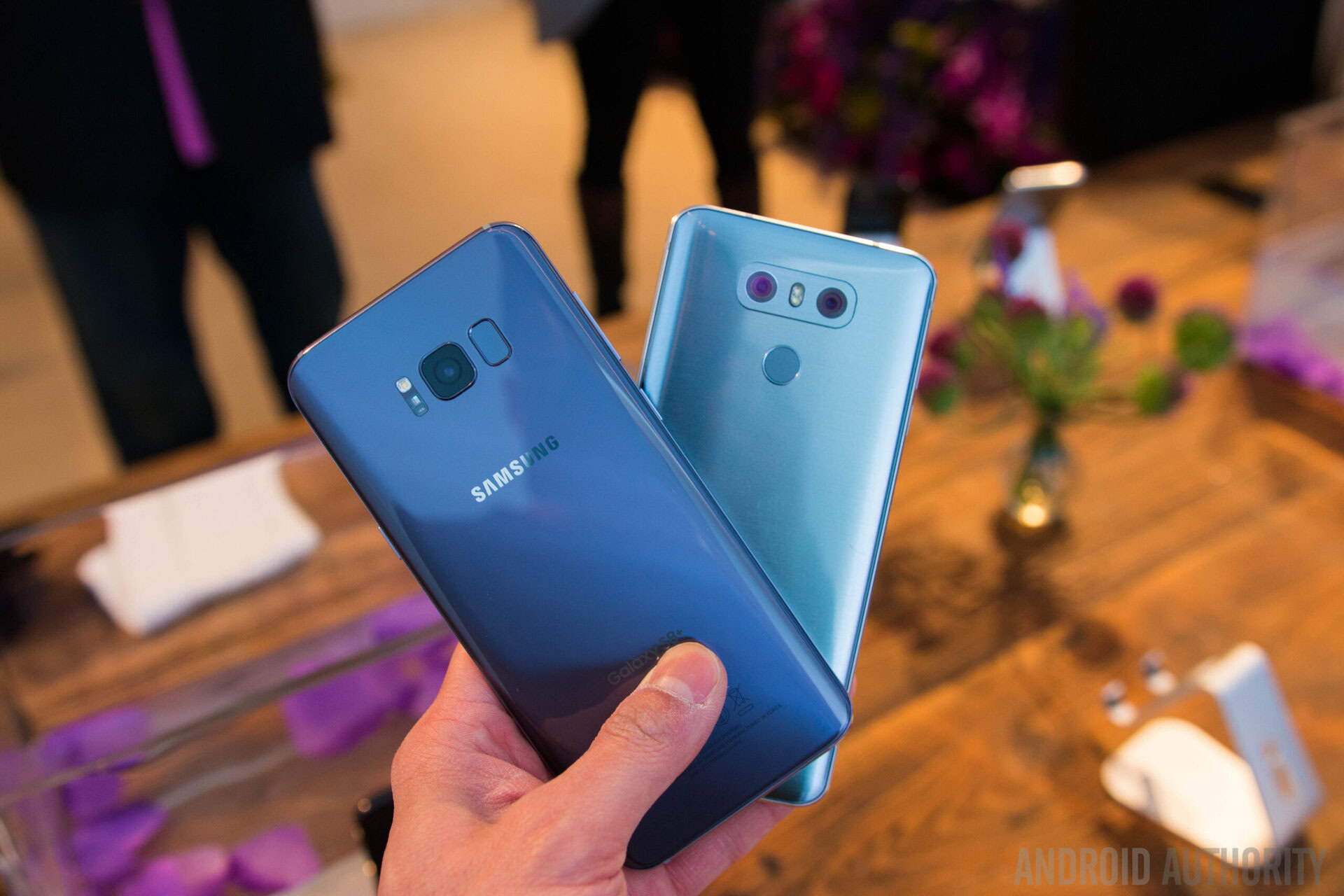
The Galaxy S8 and LG G6 are shaping up to be two of the hottest phones of the year and it’s going to be interesting to see which customers opt for once both are widely available. With both companies going for screens with super thin bezels, we’re inching closer and closer to the reality of having a pure screen in the palm of our hands. Until we get even closer however, which would you buy – the Galaxy S8, Galaxy S8 Plus or the LG G6 – and why? Let us know in the comments below!